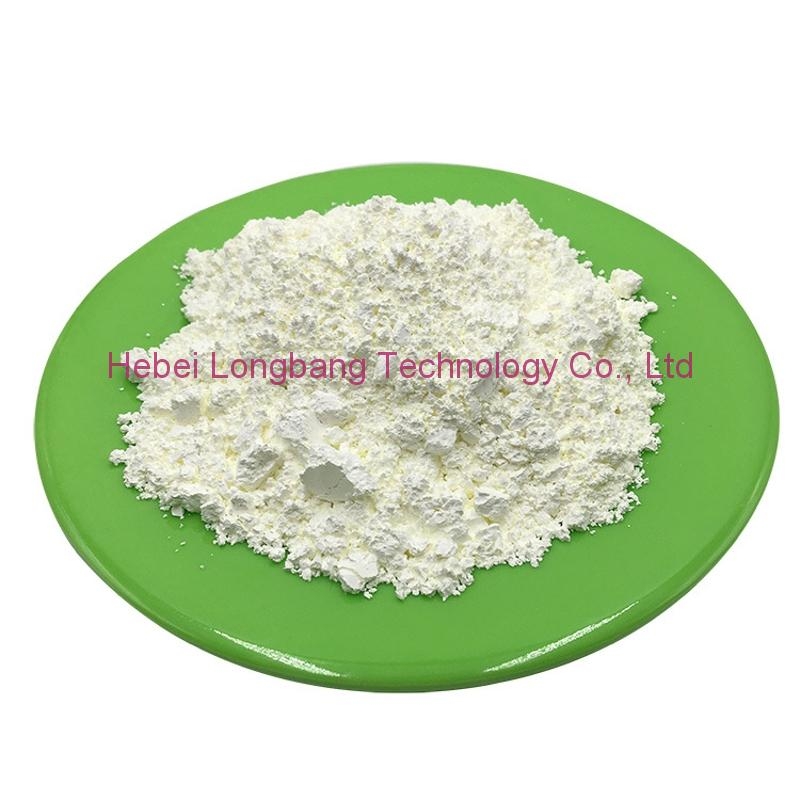-
Categories
-
Pharmaceutical Intermediates
-
Active Pharmaceutical Ingredients
-
Food Additives
- Industrial Coatings
- Agrochemicals
- Dyes and Pigments
- Surfactant
- Flavors and Fragrances
- Chemical Reagents
- Catalyst and Auxiliary
- Natural Products
- Inorganic Chemistry
-
Organic Chemistry
-
Biochemical Engineering
- Analytical Chemistry
-
Cosmetic Ingredient
- Water Treatment Chemical
-
Pharmaceutical Intermediates
Promotion
ECHEMI Mall
Wholesale
Weekly Price
Exhibition
News
-
Trade Service
In patients chronically infected with hepatitis C virus (HCV), successful treatment with direct-acting antivirals (DAAs) reduces the risk of
HCC.
However, the risk of subsequent HCC remains
in many patients after a sustained virologic response (SVR).
Cirrhosis is the most important risk factor for HCC, however, the risk of HCC varies
even in patients with cirrhosis.
Some of these may come from changes
in the extent to which the underlying histological lesion (fibrosis) resolves or progresses over time.
Some demographic (e.
g.
, age), clinical (e.
g.
, diabetes or obesity), and behavioral factors (e.
g.
, alcohol or smoking) may also influence HCC risk
.
Few studies assessed HCC risk longitudinally
.
To assess which risk factors (demographics, comorbidities, and liver/HCV-related) are associated
with HCC at SVR and at 12 and 24 months after SVR.
The researchers conducted a retrospective cohort study of HCV patients who achieved sustained virologic responses from direct-acting antivirals from 130 VA hospitals between 2014 and 2018, and follow-up continued until 2021
.
The Cox proportional hazard model was performed at 3 milestone times (baseline and 12 and 24 months after sustained virologic response) to examine the association between demographic, clinical, and behavioral factors and HCC risk, stratified by cirrhosis
status.
The results showed that 3247 cases of HCC
were diagnosed during a mean follow-up period of 2.
5 years out of 92,567 patients (32% with cirrhosis).
。 In patients with cirrhosis, changes in male (hazard ratio [HR]: 1.
89, 1.
93, and 1.
99), duration of cirrhosis ≥ 5 years (HR: 1.
71, 1.
79, and 1.
34), varicose veins (HR: 1.
73, 1.
60, and 1.
56), baseline albumin (HR: 0.
48, 0.
47, and 0.
49), and changes in albumin (HR: 0.
82 and 0.
90) can predict HCC risk
at each milestone time 。 HCV genotype 3, previous treatment, bilirubin, smoking, and ethnicity affect HCC risk at baseline, but their effects diminish
over time.
In patients without cirrhosis, diabetes mellitus (HR: 1.
54, 1.
42, and 1.
47) and hypertension (HR: 1.
59, 1.
65, and 1.
74) were associated with
HCC risk at all milestone times.
Changes in Fibrosis-4 scores over time are associated with the risk of HCC in patients with
and without cirrhosis.
This study confirms that risk factors for HCC are different in patients with and without cirrhosis, and some change
during follow-up.
These factors can aid in risk stratification and HCC clinical decision-making
in patients cured with HCV.
Original source:
Kramer, Jennifer R.
et al.
Longitudinal Associations of Risk Factors and Hepatocellular Carcinoma in Patients With Cured Hepatitis C Virus Infection.
American Journal of Gastroenterology.
2022.







